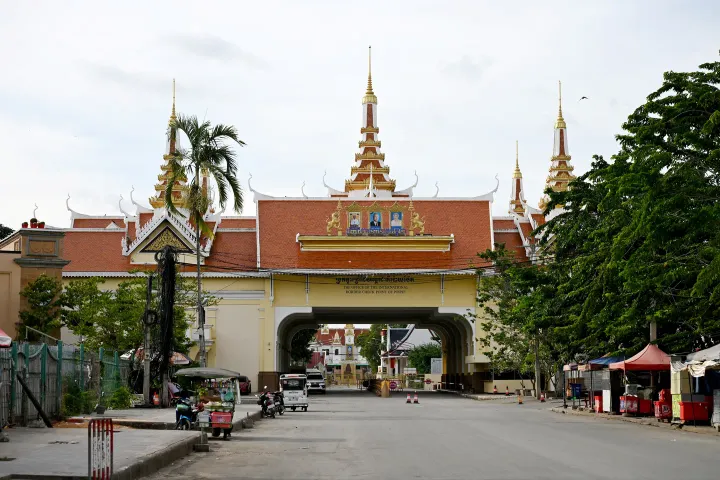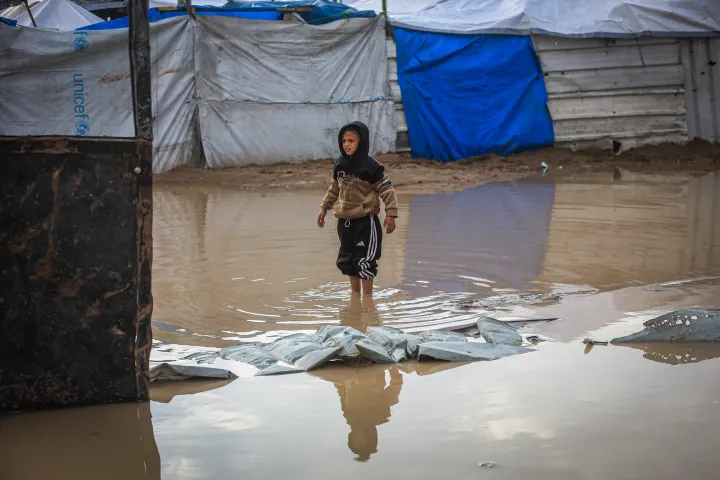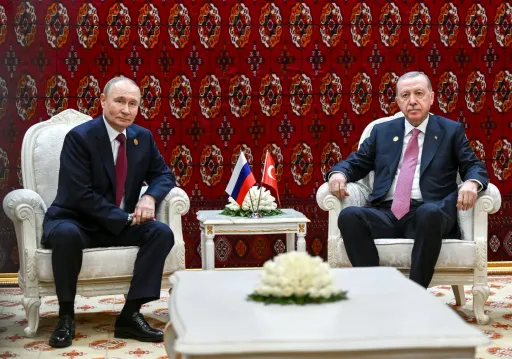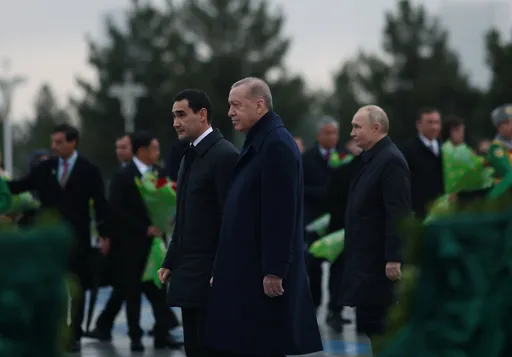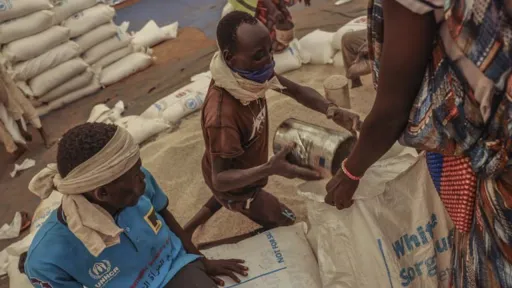By Coletta Wanjohi
Life was traumatic for children in Maygoma orphanage in Sudan’s capital Khartoum, as the fighting between the Sudanese army and the Rapid Support Forces intensified.
The home that housed 280 children was just 800 meters from the frontline. They were among about 2.2 million people displaced by the violence which started in April.
“When the fighting erupted the manager of the orphanage tried hard to convince the staff who were working here to stay,” explains Abeer Abdullah, the children's caregiver.
‘’Some colleagues stayed for a couple of days but as they were worried about their loved ones they had to leave eventually,” he adds.
A team from the International Committee of the Red Cross evacuated the children and their 70 caregivers to Wad Mani about 200km away from Khartoum. These are some of the internally displaced.
But one key dramatic turn of event is how Sudan has become a country of refugee origin, as opposed to its status as a major host of refugees in Africa prior to the conflict.
Hundreds of miles away in Tanzania, Muhimbili University of Health and Allied Sciences has just received 150 Sudanese medical students whose education has been disrupted by the conflict, which started on April 15. They will complete their studies there.
The unlucky
“These students, each of them fled with their parents from the fighting in Sudan,” explains Mohamed Janabi, the executive Director of the hospital.
“We have allowed them to complete their fifth year of medical school here in our hospital,’’ Janabi adds.
At the borders of Chad, Central African Republic, Egypt and Ethiopia, humanitarian agencies are reporting an influx of refugees too.
Thousands of refugees have not been lucky to cross borders in an orderly manner like the children in the orphanage and the medical students.
“Since the start of the conflict, more than 2.1 million people have fled the fighting. Close to half a million have crossed into neighboring countries, many of which are already facing their own humanitarian crisis,” Martin Griffiths, the UN Under-Secretary-General for Humanitarian Affairs and Emergency Relief Coordinator told an aid conference on Monday.
Uprooted twice
Before the ongoing conflict Sudan was one of the biggest hosts of refugees in Africa with 1.1 million refugees.
About 800,000 were people who fled from neighbouring South Sudan due to internal armed conflict since 2013. There were also those who crossed into Sudan from Eritrea and Ethiopia. However, the fate of Sudan has changed dramatically
“We have recorded 365,000 refugees since the onset of this conflict, with Egypt and Chad hosting the majority, but people are also fleeing to other neighbouring countries,” Philipo Grande, the United Nations High Commissioner for Refugees said Monday.
“We are possibly only days away from the rainy season which will further exacerbate the suffering of the hundreds of thousands who have fled, and limit further our logistical reach in rural and remote areas, for example, in eastern Chad and in the Central African Republic,” he added.
“I saw for myself the dire state in which many Sudanese arrive in Egypt – dehydrated, exhausted many in desperate need of medical assistance.”
The situation is tougher for some South Sudanese who had fled violence in their own country and now forced to leave Sudan due to the conflict.
“Some 113,000 so far are going back to their country of origin with absolutely nothing. They are returning to places that are not ready to receive them, putting an additional strain on impoverished communities,” Grande lamented.
Funding gaps
International medical humanitarian organization, Medecins Sans Frontieres , MSF, warns of consistent reports of people being shot and killed as they try to leave Sudan’s West Darfur region.
It says 15,000 Sudanese, 900 of them wounded, have arrived in Chad over the last four days from Sudan.
On Wednesday June 14, the governor of West Darfur was killed prompting the movement of large numbers of people from the regional capital, El Geneina, some crossing the border into Chad.
‘’We knew that the situation would even get worse, and it was the collective decision of the people of El Geneina to leave,” explains 25-year-old Nour, a 25-year-old man who arrived at Adre hospital.
“I saw many dead and wounded people lying on the ground. The only solution for us was to head west and people started walking to Adre in Chad,” Nour added.
According to the United Nations 24.7 million people, almost half of Sudan’s population now need humanitarian aid and protection. They include those within the country and refugees fleeing to neighbouring countries.
The UN refugee agency says it is seeking $566.4 million for its Sudan Regional Refugee Response Plan aimed at providing support to refugees, returnees and host communities in the Central African Republic, Chad, Egypt, Ethiopia and South Sudan.
The funds target assistance to over 1.2 million people but so far only 15 % of the needed funding has been secured.
Peace process
The UN is stepping up efforts for better funding to handle the refugee crisis caused by the Sudan conflict.
‘’I am allocating today an additional $22 million from the Central Emergency Response Fund to address priority needs,” Griffith said on Monday.
“$25 million has already been allocated, from the Fund, to support humanitarian efforts in neighbouring countries,” the UN humanitarian coordinator added.
At a UN-backed conference on the situation on Sudan and the region, donors pledged nearly $1.5 billion to fund life-saving relief efforts.
The conflict in Sudan stemmed from tensions over the country’s political future – between former allies – army chief Abdel Fatah al Burhan and his estranged deputy and head of the Rapid Support Forces Mohammed Hamdan Dagalo.
Efforts to end the armed battle for control of Sudan has so far failed despite repeated ceasefire announcements – including the latest brokered by the US and Saudi Arabia.
As the efforts continue, regional bloc, the Intergovernmental Authority for Development which Sudan is a member of, has formed a committee of five countries to further work on a peace process.
However, there are growing concerns that with no end to the conflict in sight, more people are likely to be forced to leave their homes.

